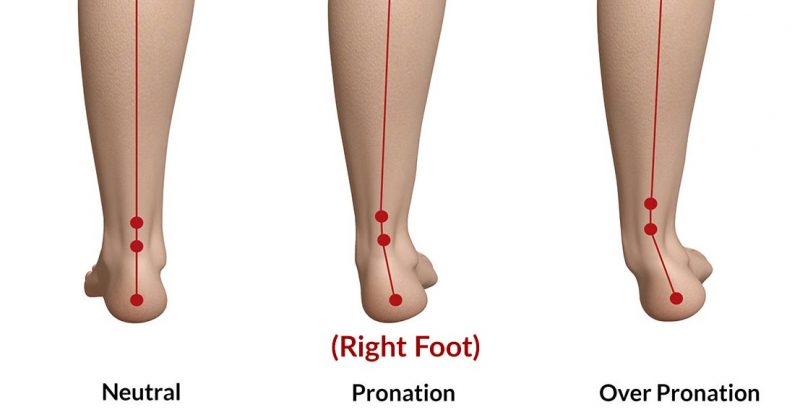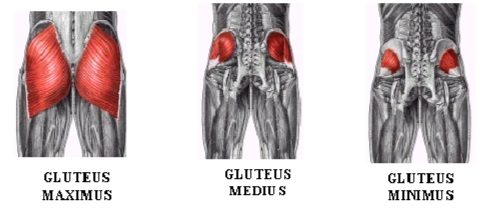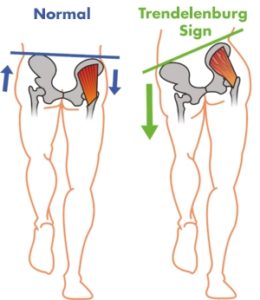What is pronation and over-pronation of the foot?
Pronation off the foot is a normal movement that occurs during walking. It is part of a shock absorbing mechanism that helps prevent injury or trauma to the foot, ankle and leg. When your heel hits the floor the heel moves outwards slightly and your ankle rolls in slightly. This helps you to adapt to different surfaces when running, walking and jumping and is completely normal.
However, sometimes people can lose their control of their pronation…
Have you started to feel that one of your feet keeps rolling in when you run? Or blisters start appearing on the inside of your foot for no apparent reason? Usually people put it down to their shoes, however that may not be the cause. It may be down to over-pronation. If this sounds like you, then BOOK in today for Gait analysis with one of our amazing Physios.
Over pronation is a compensatory movement caused by an incorrect relationship between the foot, heel, leg and hip.
It is worth mentioning that some people are naturally flat footed or have naturally dropped arches, in this instance if there is no pain you may not need to address having a slight over pronation. Issues usually arise when you previously had higher arches that have now dropped, or become dropped when you put weight through your foot; leading you to become more flat footed.

What is the actual cause of over-pronation?
The latest research suggests many injuries throughout the body can actually stem from having weak hips, including over-pronation.
Specifically in the case of over-pronation, the gluteus medius being weak/weaker than it should be. The gluteus medius is located underneath the gluteus maximus and is a primary hip abductor muscle. It’s role is to provide stability to the hip and knee whilst walking, running, jumping and squatting. Weakness in this muscle can be associated with lower limb musculoskeletal injuries such as ankle and knee pain, as well as affecting the body further up the chain, causing back pain.

Spotting the weak link
There are several tests that can be carried out to determine if you have weakness in your gluteus medius which could be resulting in over-pronation of the foot.
Our Physiotherapists would take you through a series of tests to identify the weak areas and give you areas to work on. One of the tests which is easy to do yourself too is the Trendelenburg sign. This will show when the glute med muscle is unable to work efficiently due, possibly due to pain, poor mechanics or weakness. A positive test will show the pelvis will drop on the opposite side to the weakness. This is your bodies compensation that’s often observed with a Trendelenburg gait (weakness of abductor muscles). This test can also be replicated in a more dynamic fashion by observing it during a single leg squat, lunge or step up.
If this imbalance is not addressed, it can lead to more serious and additional issues such as knee and hip pain and other lower limb injuries. The sooner you can address an imbalance, you can either; prevent it from becoming an issue in the first place or get back to full fitness quicker and spend less time resting and rehabbing. Booking in for Physiotherapy with one of our team could help you overcome these issues quickly. You can also book in to see one of our Physio’s Dan to get your gait and running style analysed using our treadmill and gait analysis software. You can book in with one of our specialists here.

Our top exercise to help strengthen the weak link
See below for our favourite exercise you could do at home if you believe your over-pronation is coming from weak glutes. You don’t need any equipment to do this, so it should be easy to do in the comfort of your own home!
This exercise is a bespoke combination of 5 movements which is specifically designed to incorporate all the planes of movement that really challenge the glutes!
The movements are a single leg squat, a single leg Romanian deadlift, a skater squat, a curtsy squat, followed by a leg lift.
These aren’t for the faint hearted to start off aiming for a a small amount of reps.
Aim for 2-3 sets of 5 reps of each exercise.
As you improve, you can look in increase the amount of reps of this exercise.
Please remember that not all exercises work for everybody. If any pain is felt during the exercises, then please stop and seek medical advice.
If you feel you need guidance or advice regarding any muscle weakness or lower limb injury please don’t hesitate to book in with one of our practitioners today – Click here.
All of our therapists here at Comfort Health are well trained in muscle imbalances and the resulting injuries. They are all also frequent runners and understand the importance of running at full health.
Book in now for Physiotherapy or Gait analysis